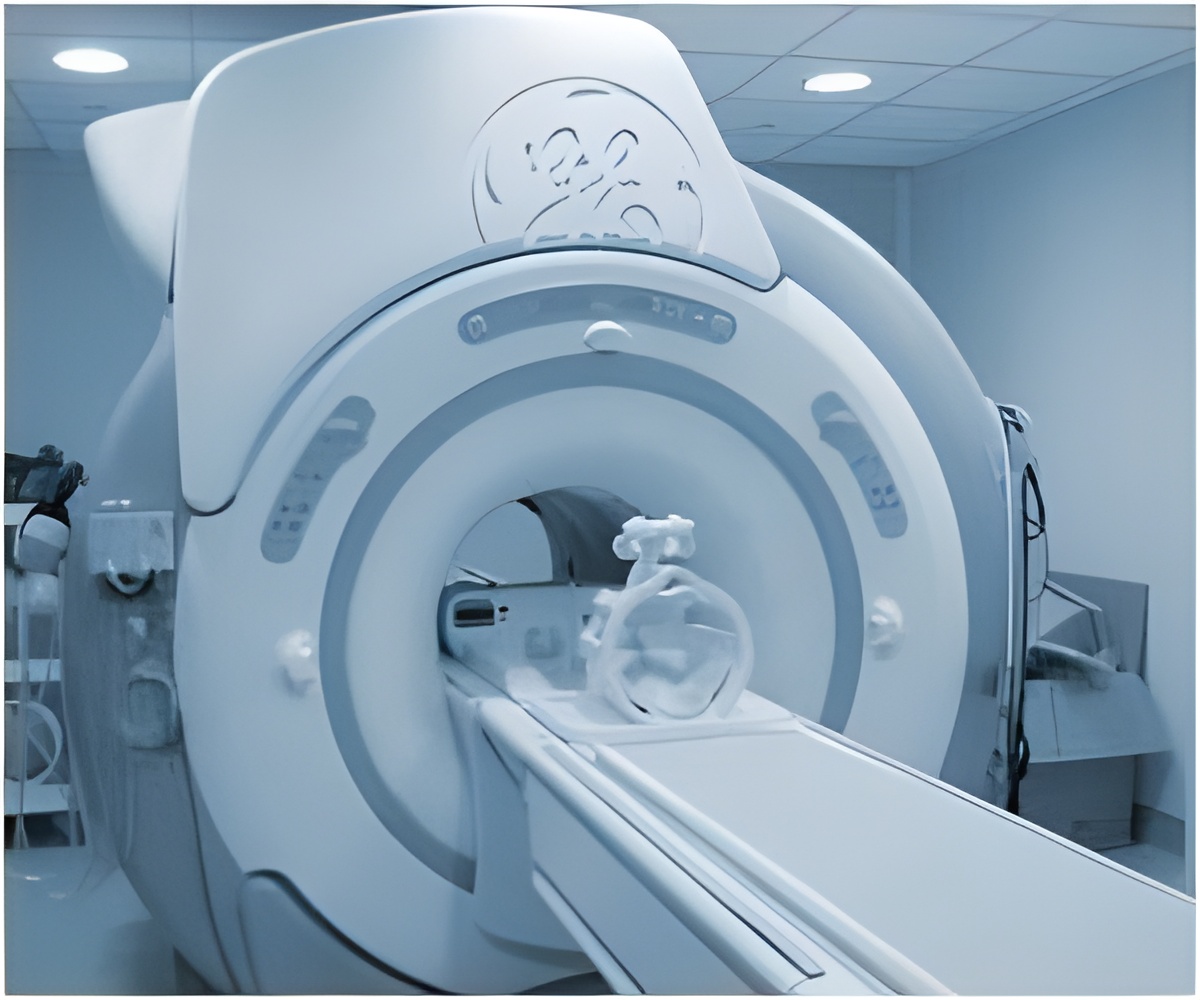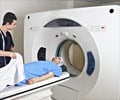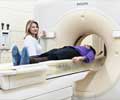
The "nanoconstructs" should fully degrade and leave the body within a few days, they reported.
The research appears online in the journal Advanced Functional Materials.
The team led by Rice chemist Lon Wilson and TMHRI scientist Paolo Decuzzi was searching for a way to overcome the challenges presented by iron oxide particles that are good at some things but not others, depending on their size.
Iron oxide particles have many excellent qualities: They can be manipulated with magnets, provide excellent contrast under MRI, create heat when triggered and degrade quickly. But they can't do all that at once. The team needed a way to decouple the functions from their sizes.
The answer was to package thousands of iron oxide particles – with magnetic cores as small as 5 nanometers across – inside larger particles.
Advertisement
Iron oxide enhances the ability to position and hold the particles in place with magnets, said lead author and Rice graduate student Ayrat Gizzatov. "They get attracted by the magnet, and that induces another dipole-dipole magnetic interaction among the particles and increases their interparticle communication mechanism," he said.
Advertisement
The new research also showed that, as a general principle, confining MRI contrast agents (like iron oxide) in geometric structures enhances their relaxivity – the property that makes the agents appear in MRI images. (The shorter the relaxation time, the greater the contrast in the image.)
While the particles are too big to target specific proteins, Gizzatov said it might also be possible to modify them with elements that will increase their accumulation in tumors.
Source-Eurekalert








